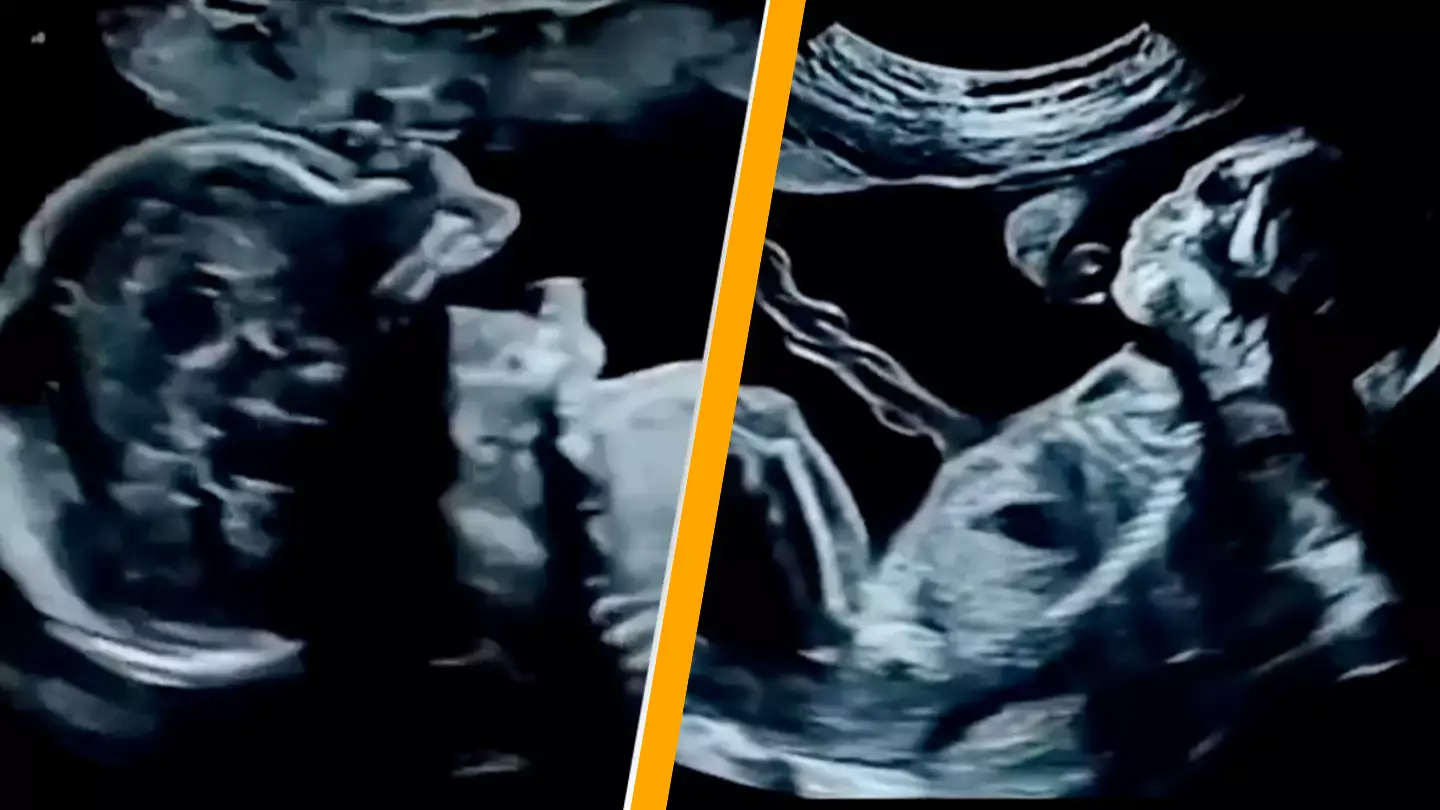A video that recently surfaced online has left viewers in awe, revealing the fascinating activities of babies while still in the womb.
It’s common knowledge that babies move inside the womb, and sometimes these movements can even be seen from the outside. Nonetheless, the specifics of their actions often remain a mystery.
Fortunately, this video provides a clear look at these movements, and the footage is astonishing.
Typically, we imagine a fetus as fragile and diminutive, not something that would energetically bounce around like an acrobat.
Yet, this energetic activity seems to be the norm while in utero.
The video, shared on X (formerly known as Twitter), captures a range of fetal movements, including drinking amniotic fluid, yawning, crying, urinating, jumping, sliding, and kicking.
There’s even a section showing a fetus seemingly ‘digging’ into the uterus.
Some movements appear gentle and endearing, while others seem vigorous enough that one might worry about the baby injuring itself.
In one segment, an unborn baby is shown making a headfirst leap from one side of the womb to the other.
The reactions from viewers were filled with surprise and curiosity.
One commenter exclaimed: “DIGGING UTERUS WHAT.”
Another remarked: “Dude wanted to come out before his time.”
And another added: “The lil homies are really wilding in there.”
For those who haven’t felt a tiny foot pushing from behind their belly button, they are missing a unique, albeit painful, experience.
There is, in fact, a scientific explanation for these movements, and it is quite fascinating.
A study published in Scientific Reports suggests that fetal kicking helps the fetus to ‘map’ its body and explore its surroundings.
This conclusion was reached by observing 19 newborns aged between 31 and 42 weeks.
The study found that these infants had a ‘corrected gestational age,’ meaning if a baby was born at 35 weeks and was 1-week-old during the examination, their movements would resemble those of a 36-week gestational fetus still in utero.

The findings also indicated that fetal kicks during the third trimester could aid in developing brain regions associated with sensory input, potentially helping the baby form a sense of their own body.
Lead researcher Lorenzo Fabrizi, PhD, stated: “Spontaneous movement and consequent feedback from the environment during the early developmental period are known to be necessary for proper brain mapping in animals, such as rats. Here we showed that this may be true in humans too.”
If you’re not feeling all the movements described in the video, it might depend on your baby’s activity level and developmental stage.
Alternatively, your baby might be less active, preferring to roll around rather than actively kicking your ribs.
Many begin to feel their baby’s movements at around 15 weeks gestation, experienced as flutters, swishes, rolls, and small kicks.
As development progresses, it becomes easier to discern whether the sensations are kicks, elbows, or rolls.

